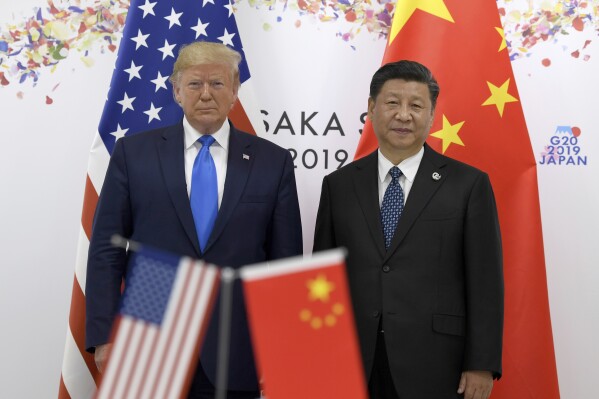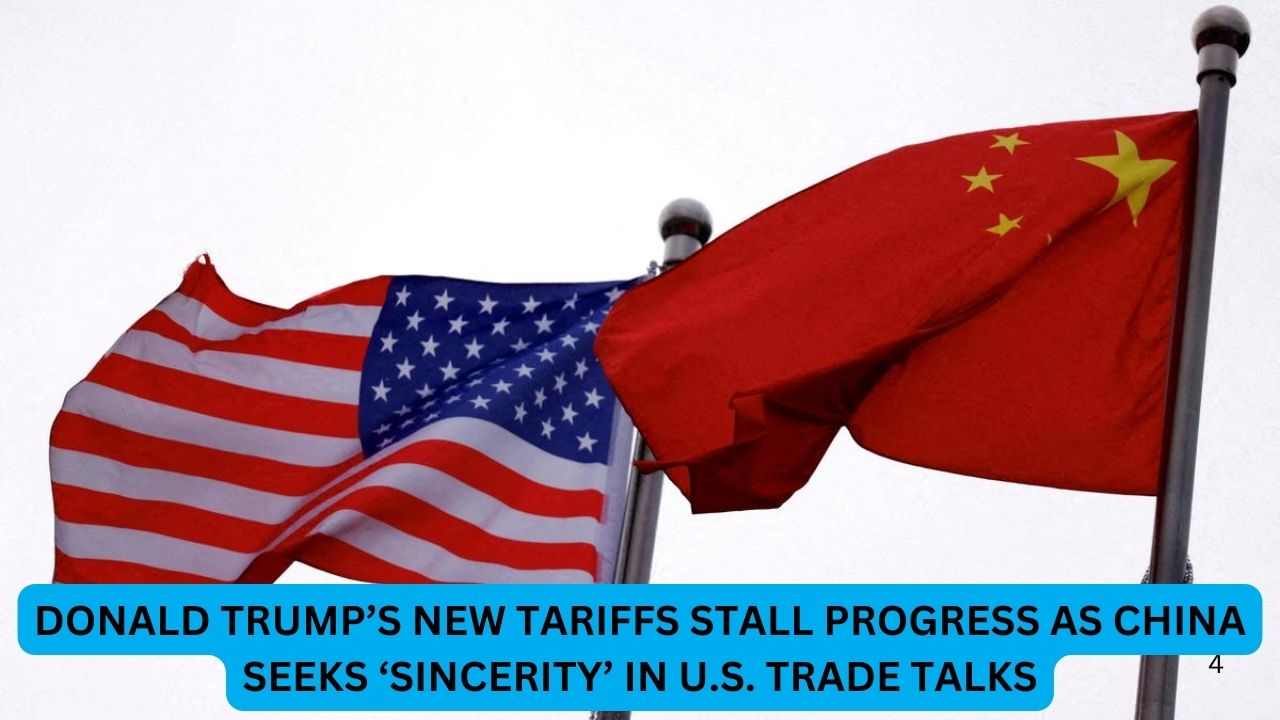As of May 2025, U.S.–China trade relations have entered another volatile phase. Despite recent overtures by the Trump administration to reinitiate formal trade talks, the Chinese government remains firm: the rollback of tariffs is a necessary step before negotiations can meaningfully resume.
The deadlock follows weeks of escalating economic measures. President Donald Trump’s decision to impose tariffs of up to 145% on Chinese imports has triggered retaliatory actions from Beijing. China’s countermeasures include duties as high as 125% on U.S. goods and newly enacted export restrictions on rare-earth minerals, escalating fears of a prolonged economic standoff.
China Seeks ‘Sincerity’ Before Returning to the Table
According to the Chinese Ministry of Commerce, while China is “evaluating” recent U.S. efforts to restart discussions, officials insist that Washington must demonstrate sincerity and mutual respect. This includes the removal or reduction of current tariffs, which China sees as unjust and unilaterally imposed.
“Negotiations cannot move forward under pressure,” said a spokesperson. “If the U.S. truly wishes to resolve trade disputes, it must first remove the tariffs that are harming both countries’ economies.”
China’s stance echoes past trade disputes, in which tariff-based diplomacy often failed to produce long-term solutions. Still, both governments appear aware of the stakes, especially as global markets remain sensitive to trade-related headlines.
Trump Administration Pushes for ‘Comprehensive Agreement’
Despite the firm Chinese response, senior U.S. officials maintain that talks are possible and could yield progress—if Beijing commits to structural economic reforms. Treasury Secretary Scott Bessent has confirmed that communication channels are open and that the U.S. is pushing for a “multi-phase trade deal” addressing currency practices, intellectual property protections, and fentanyl trafficking.
According to Bessent, the Trump administration does not plan to lift tariffs until “tangible progress” is made.
“We are ready to engage, but not at the cost of American interests,” he said during a press briefing. “Tariffs will remain in place until China meets the demands laid out under our economic fairness agenda.”

Economic and Market Impacts Mount
The uncertainty surrounding trade talks has left a noticeable imprint on global markets:
- The S&P 500 and FTSE 100 posted modest gains following reports of potential dialogue, signaling investor hope for resolution.
- However, trade analysts warn that escalating tariffs could raise prices on consumer goods, particularly electronics and manufactured imports.
- The end of the de minimis rule—which previously allowed low-value goods from China to enter the U.S. duty-free—has made small imports significantly more expensive.
Many American companies, including Apple and Tesla, have begun reassessing their reliance on Chinese supply chains. The tariffs and export restrictions are affecting manufacturing timelines and material sourcing, creating ripple effects across the tech and automotive sectors.
Rare Earth Restrictions Spark Concern
Of particular note are China’s restrictions on exporting strategic minerals, many of which are essential to the U.S. tech and defense industries. Experts from the Brookings Institution and Council on Foreign Relations caution that disruptions in rare-earth supply chains could cause significant downstream effects across sectors, including semiconductors, batteries, and defense systems.
What’s Next?
With the U.S. presidential election cycle intensifying and both economies under pressure, analysts believe the next few weeks will be pivotal.
While neither side appears ready to capitulate, the mutual economic costs could eventually force concessions. Whether Trump’s aggressive tariff strategy will yield desired changes remains uncertain.
For ongoing updates and background on trade policy, readers can refer to:
This article has been carefully fact-checked by our editorial team to ensure accuracy and eliminate any misleading information. We are committed to maintaining the highest standards of integrity in our content.

Outside of work, he enjoys playing chess, following cricket, and writing short stories. His commitment to integrity and in-depth analysis strengthens OTE News’ mission of providing trustworthy journalism.




